Neuroscience

Neurotransmitter receptors function via various G-protein coupled and G-protein independent mechanisms that activate downstream intracellular signaling pathways such as cAMP/PKA, PI3K/AKT, phospholipase A2, and phospholipase C pathways. For instance, dopamine receptors act through adenylate cyclase to activate PKA and other signaling molecules, thereby mediate gene expression through the actions of CREB and other transcription factors. Other neurotransmitters such as NMDAR or AMPAR are associated with ion channels that control flux of Ca2+ and Na+, thus propagating the action potential across the post-synaptic neuron.
Dysfunctions in GABAergic/glutamatergic/serotonergic/dopaminergic pathways result in a broad range of neurological disorders such as chronic pain, neurodegenerative diseases, and insomnia, as well as mental disorders including schizophrenia, bipolar disorder, depression, and addiction.
-
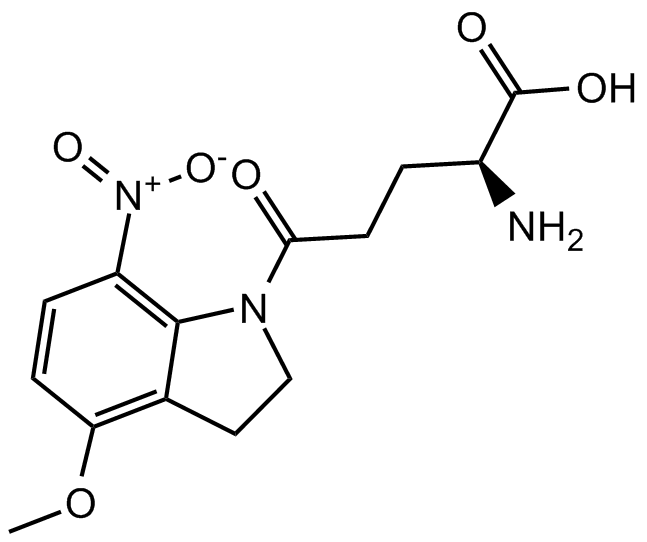 B6761 MNI-caged-L-glutamateSummary: rapidly and efficiently releases glutamate
B6761 MNI-caged-L-glutamateSummary: rapidly and efficiently releases glutamate -
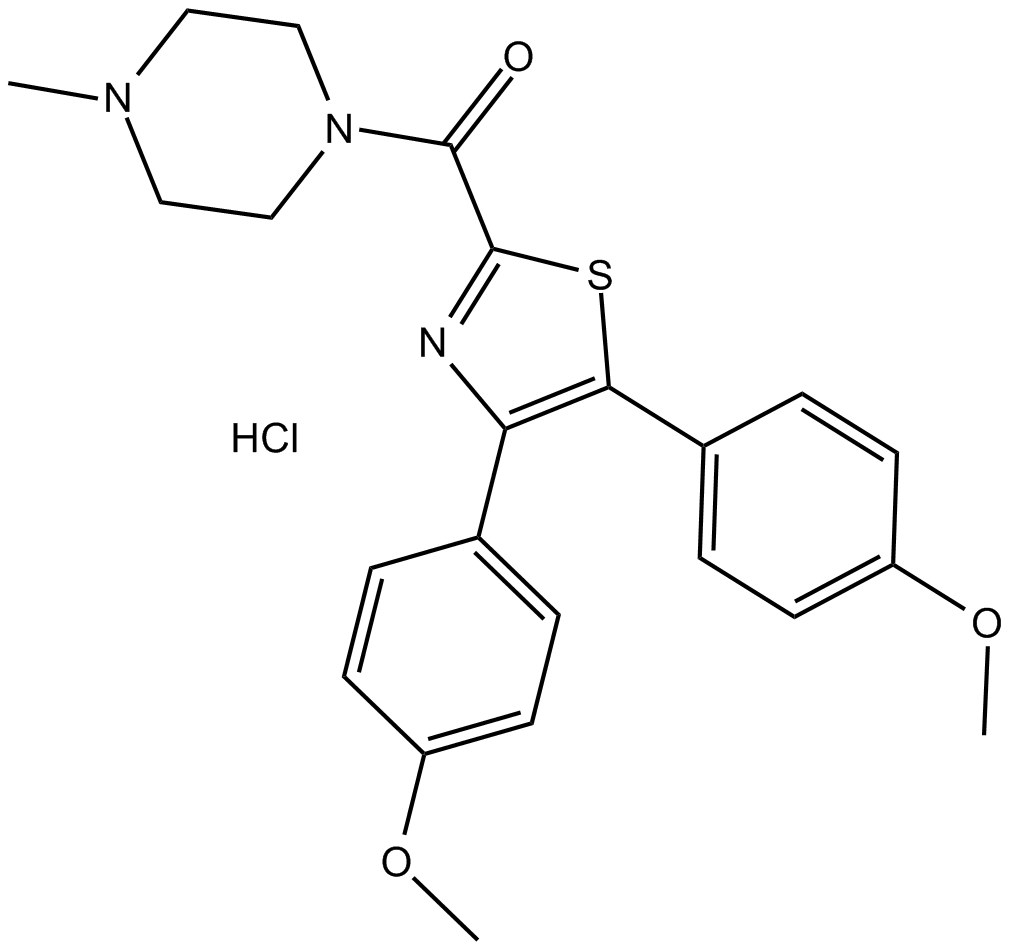 B6767 FR 122047 hydrochlorideSummary: cyclooxygenase-1 (COX-1) inhibitor
B6767 FR 122047 hydrochlorideSummary: cyclooxygenase-1 (COX-1) inhibitor -
 B6779 A 68930 hydrochlorideSummary: Agonist of D1-like dopamine receptor,potent and selective
B6779 A 68930 hydrochlorideSummary: Agonist of D1-like dopamine receptor,potent and selective -
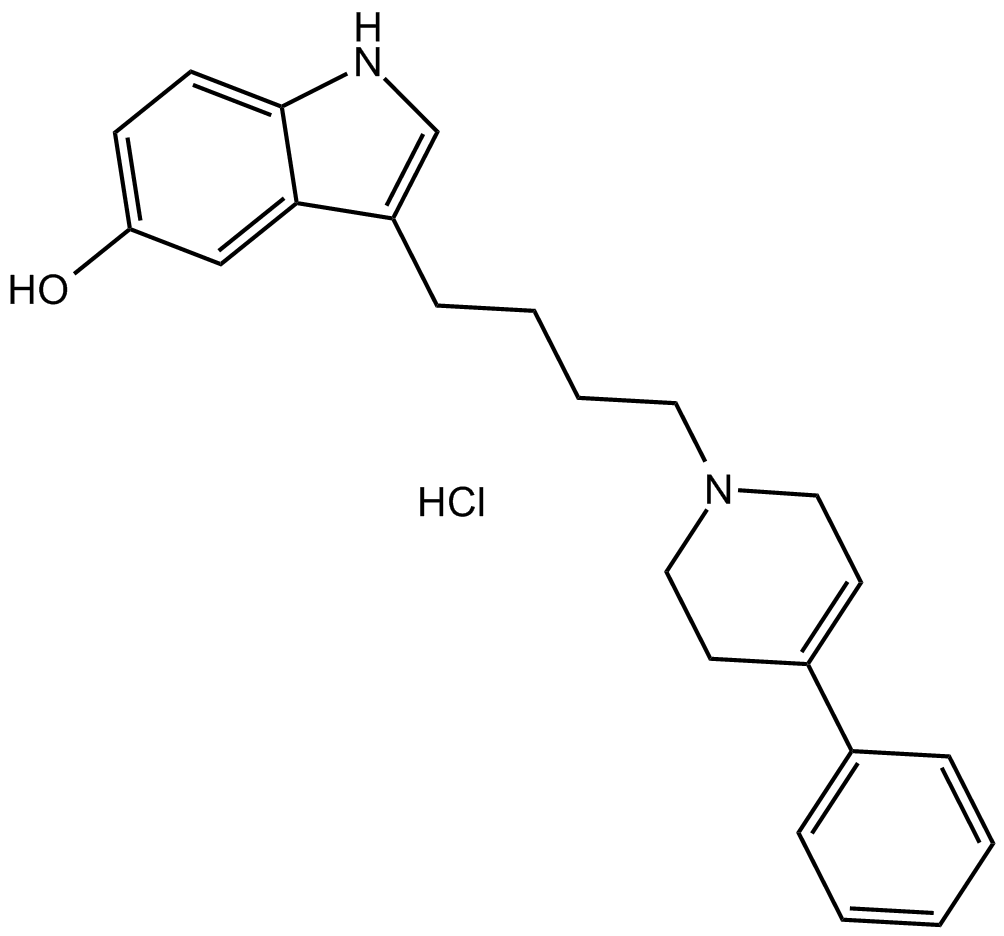 B6791 Roxindole hydrochlorideSummary: Dopamine D2 autoreceptor agonist
B6791 Roxindole hydrochlorideSummary: Dopamine D2 autoreceptor agonist -
 B6797 SKF 83566 hydrobromideSummary: D1-like dopamine receptor antagonist
B6797 SKF 83566 hydrobromideSummary: D1-like dopamine receptor antagonist -
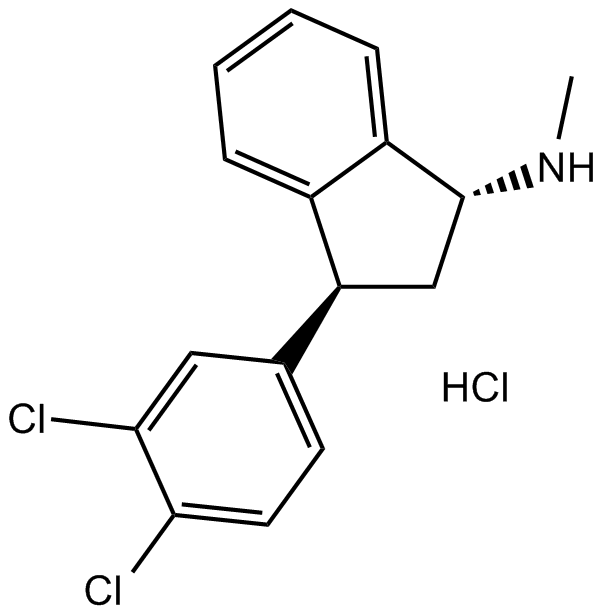 B6799 Indatraline hydrochlorideSummary: Inhibits transporters for 5-HT (SERT), dopamine (DAT) and noradrenalin (NET)
B6799 Indatraline hydrochlorideSummary: Inhibits transporters for 5-HT (SERT), dopamine (DAT) and noradrenalin (NET) -
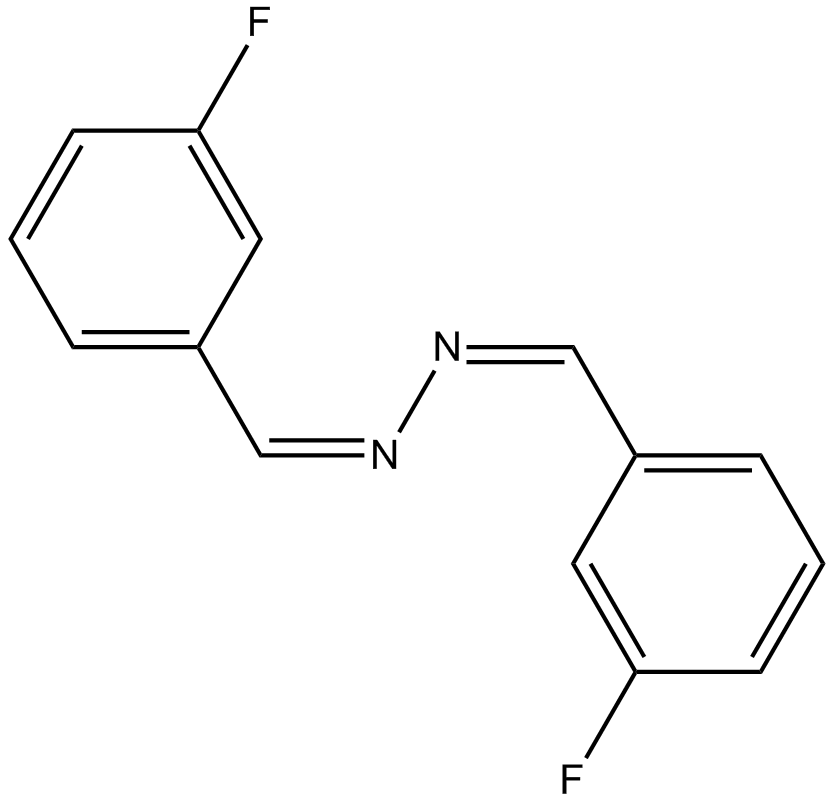 B6806 DFBSummary: allosteric potentiator of mGlu5
B6806 DFBSummary: allosteric potentiator of mGlu5 -
 B6810 RP 67580Summary: tachykinin NK1 receptor antagonist
B6810 RP 67580Summary: tachykinin NK1 receptor antagonist -
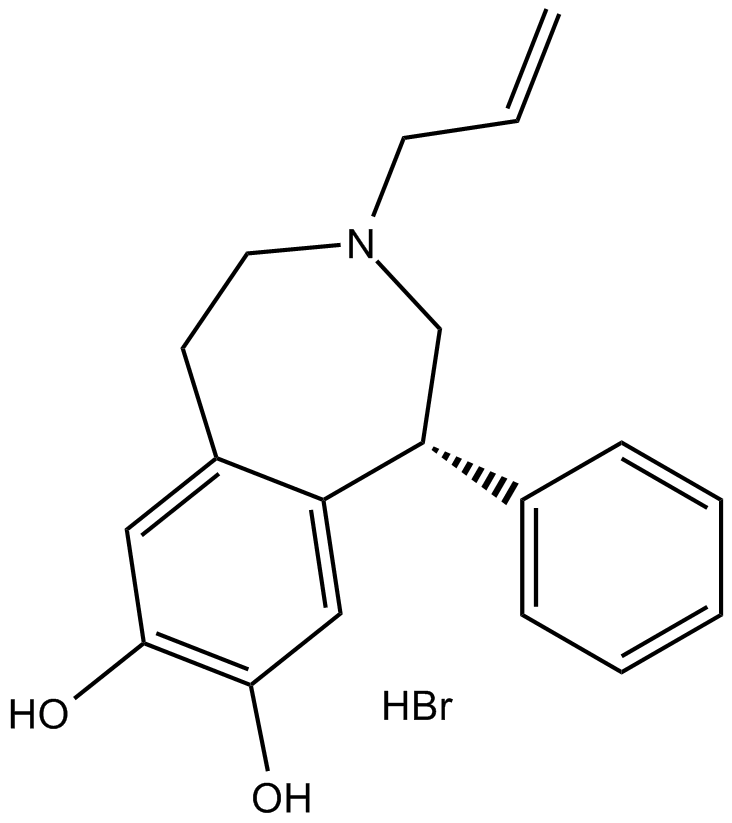 B6820 SKF 77434 hydrobromideSummary: dopamine D1-like receptor partial agonist
B6820 SKF 77434 hydrobromideSummary: dopamine D1-like receptor partial agonist -
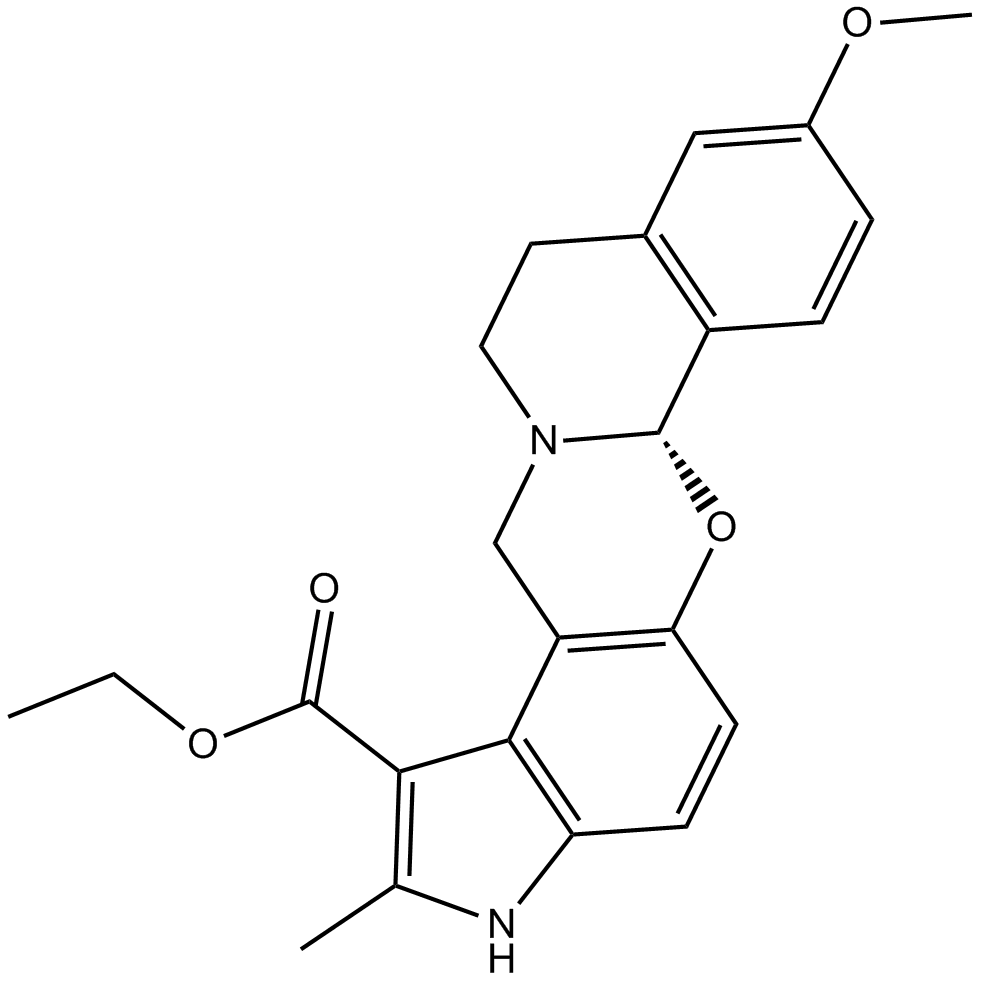 B6821 PD 102807Summary: M4 muscarinic receptor antagonist
B6821 PD 102807Summary: M4 muscarinic receptor antagonist

